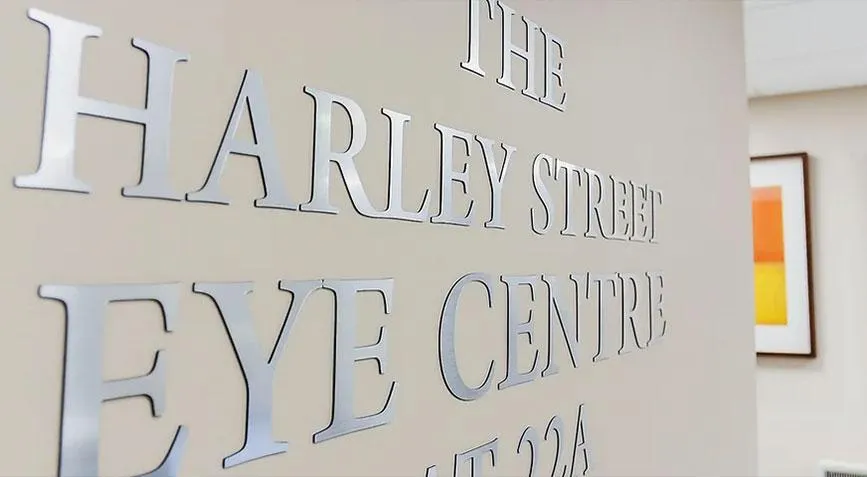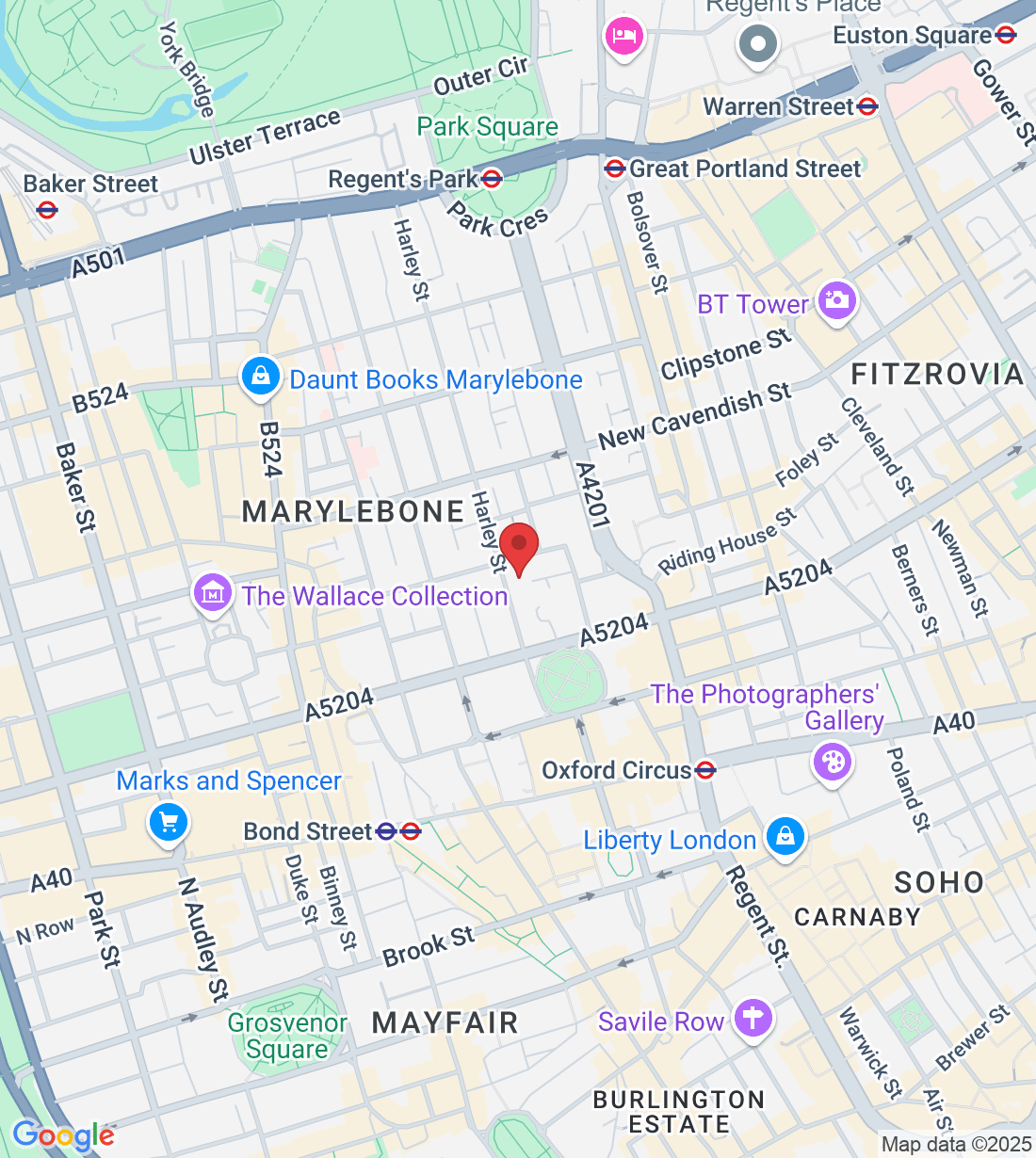
"Navigating Life with Keratoconus: Top 5 Things to Consider After Diagnosis "
Navigating Life with Keratoconus:
Top 5 Things to Consider After Diagnosis
Receiving a diagnosis of keratoconus, often referred to as an eye disorder, can be a life-altering moment. This progressive disease, characterized by the thinning and bulging of the cornea, affects thousands of individuals worldwide. While it may bring uncertainty, it's essential to remember that you're not alone on this journey. With the right guidance and proactive steps, you can effectively manage keratoconus and preserve your vision. In this magazine-style guide, we'll explore the top 5 things to consider once you've been diagnosed with keratoconus, offering insights into adapting your lifestyle, exploring early treatments, consulting with specialists, making necessary changes, and understanding the potential consequences of inaction.
1. Lifestyle Adaptations: Seeing the World Differently
Keratoconus disease may alter the way you perceive the world. Here are some lifestyle adaptations to consider:
● Protect Your Eyes: Sensitivity to light (photophobia) is common in keratoconus. Invest in quality sunglasses with UV protection to shield your eyes from harsh sunlight. These sunglasses not only make outdoor activities more comfortable but also contribute to the long-term health of your eyes.
● Adjust Your Reading Habits: As your vision changes due to keratoconus, reading may become challenging. Larger fonts, good lighting, and magnifiers can make reading easier. Consider incorporating audiobooks or text-to-speech software into your routine to access written content without straining your eyes.
● Night Driving Precautions: Night vision may be affected by keratoconus, leading to glare and halos around lights. Consider limiting night driving or exploring nighttime driving aids like anti-glare glasses. This precaution can enhance your safety on the road.
● Monitor Screen Time: In today's digital age, excessive screen time can strain your eyes. Follow the 20-20-20 rule: every 20 minutes, look at something 20 feet away for at least 20 seconds. Additionally, invest in blue light-blocking glasses to reduce eye fatigue from prolonged device use.
Explore the groundbreaking Xenia Collagen Lenticule Implant with the Ghabra Technique, revolutionizing Keratoconus treatment. If you're seeking innovative solutions, our blog post has the latest insights.
2. Early Treatment Options: A Proactive Approach
Early intervention is a cornerstone of keratoconus treatment. Explore these early treatment options:
● Prescription Glasses or Contact Lenses: Begin your keratoconus treatment journey with prescription glasses or contact lenses. These visual aids can significantly improve your vision and address the challenges posed by mild to moderate keratoconus.
● Corneal Collagen Cross-Linking (CXL): When recommended by your eye specialist, consider corneal collagen cross-linking (CXL). This minimally invasive procedure has emerged as a groundbreaking keratoconus therapy. By strengthening the cornea, CXL can stabilize the progression of keratoconus and preserve your vision.
● Xenia Implantation with the Ghabra Technique: For those seeking early intervention with a focus on long-term results, Xenia implantation with the Ghabra technique is a cutting-edge corneal procedure worth considering. This innovative technique addresses the irregularity of the posterior surface of the cornea, offering promising outcomes for individuals diagnosed with keratoconus.
3. Consulting with Specialists: The Right Expertise Matters
Navigating keratoconus often involves collaborating with a team of specialists. Consult with these experts to receive comprehensive care tailored to your needs:
● Ophthalmologist: Seek an experienced ophthalmologist who specializes in keratoconus for an accurate diagnosis and expert guidance on your treatment journey. An ophthalmologist can provide valuable insights into the latest advancements in keratoconus therapy.
● Keratoconus Specialist at a Specialized Centre: When dealing with keratoconus, it's essential to consider consulting a keratoconus specialist at a specialized center. These centers are dedicated to the diagnosis and treatment of keratoconus, ensuring that you receive the highest level of care. A keratoconus specialist possesses in-depth knowledge of this eye disorder and is at the forefront of the latest developments in keratoconus therapy. Seeking a second opinion from such a specialist can provide you with a more comprehensive understanding of your condition and treatment options.
● Contact Lens Specialist: If you find standard contact lenses uncomfortable or ineffective, consider consulting a contact lens specialist. These experts can recommend specialized lenses like scleral lenses, designed for improved comfort and vision. The right lenses can make a significant difference in your daily life.
● Corneal Specialist: In complex cases or when advanced interventions are required, consulting with a corneal specialist is essential. These specialists can provide access to advanced keratoconus treatments, such as corneal implants and topography-guided laser procedures.
Understand 'The Perils of Keratoconus' and the importance of early detection for a brighter future. If you're concerned about this condition, our blog offers crucial information.
4. Lifestyle Changes: Embracing the New Normal
Adjusting to life with keratoconus may necessitate some lifestyle changes. Here are some considerations:
● Regular Eye Checkups: Make eye checkups a routine part of your life. Consistent monitoring allows your eye specialist to track changes in your condition and make timely adjustments to your keratoconus therapy.
● Healthy Lifestyle Choices: A balanced diet rich in antioxidants, vitamins, and minerals can promote eye health. Incorporate foods like leafy greens, carrots, and fish into your diet. Additionally, quitting smoking can reduce the risk of worsening keratoconus, as smoking has been linked to the progression of the disease.
● Stress Management: High-stress levels can exacerbate eye conditions. Explore stress-reduction techniques like mindfulness, yoga, or meditation. By managing stress, you can support your overall well-being and potentially alleviate keratoconus-related discomfort.
● Avoid Eye Rubbing: Keratoconus patients are often advised to avoid eye rubbing. Rubbing your eyes can worsen the condition and potentially lead to corneal damage. If avoiding eye rubbing proves to be challenging, consult an eye doctor for guidance. They can recommend lubricating eye drops and potential dry eye treatments to alleviate the discomfort that might trigger the urge to rub your eyes.
Keratoconus is a treatable condition, and early intervention plays a vital role in preserving your vision and quality of life. By considering these top 5 aspects after a keratoconus diagnosis, you can take control of your journey and ensure a brighter future for your eyesight. Remember that keratoconus therapy options, such as Xenia implantation with the Ghabra technique and corneal collagen cross-linking, hold promise in effectively managing this eye disorder. Your proactive approach to keratoconus treatment can make a significant difference in your visual health and overall well-being.
Consider Keratoconus treatment options with insights into NHS vs. private clinics. If you're navigating your choices, our blog post provides valuable guidance.
5. Consequences of Inaction: Understanding the Future
While proactive steps are crucial in managing keratoconus, it's equally essential to comprehend the potential consequences of inaction:
● Progressive Vision Loss: Keratoconus is a progressive disease. Without appropriate keratoconus treatment, your vision may deteriorate over time, making daily activities increasingly challenging.
● Risk of Corneal Scarring: As keratoconus advances, the risk of corneal scarring becomes more significant. Corneal scarring can lead to more invasive treatments, including corneal transplant surgery, which poses additional risks and recovery challenges.
● Impact on Quality of Life: Untreated keratoconus can significantly impact your quality of life. Everyday tasks like reading, driving, and recognizing faces may become increasingly difficult, affecting your independence and overall well-being.
Keratoconus is a treatable condition, and early intervention plays a vital role in preserving your vision and quality of life. By considering these top 5 aspects after a keratoconus diagnosis, you can take control of your journey and ensure a brighter future for your eyesight. Remember that keratoconus therapy options, such as Xenia implantation with the Ghabra technique and corneal collagen cross-linking, hold promise in effectively managing this eye disorder. Your proactive approach to keratoconus treatment can make a significant difference in your visual health and overall well-being.
Ask And His Team
Fill in the form to request a Call From Our Team
One of our team will call you for FREE and answer any questions or concerns you may have about your eye health
WHERE TO FIND THE HARLEY STREET EYE CENTRE

22a Harley Street, London W1G 9BP
Mon - Fri: 10am - 7pm
On street parking paid through ring go app, no free parking available
Bond Street and Oxford Circus Tube Station
Opening Hours
Monday: 10:00am – 7:00pm
Tuesday: 10:00am – 7:00pm
Wednesday: 10:00am – 7:00pm
Thursday: 10:00am – 7:00pm
Friday: 10:00am – 7:00pm
© Copyright 2023. The Harley Street Eye Centre. All rights reserved.





